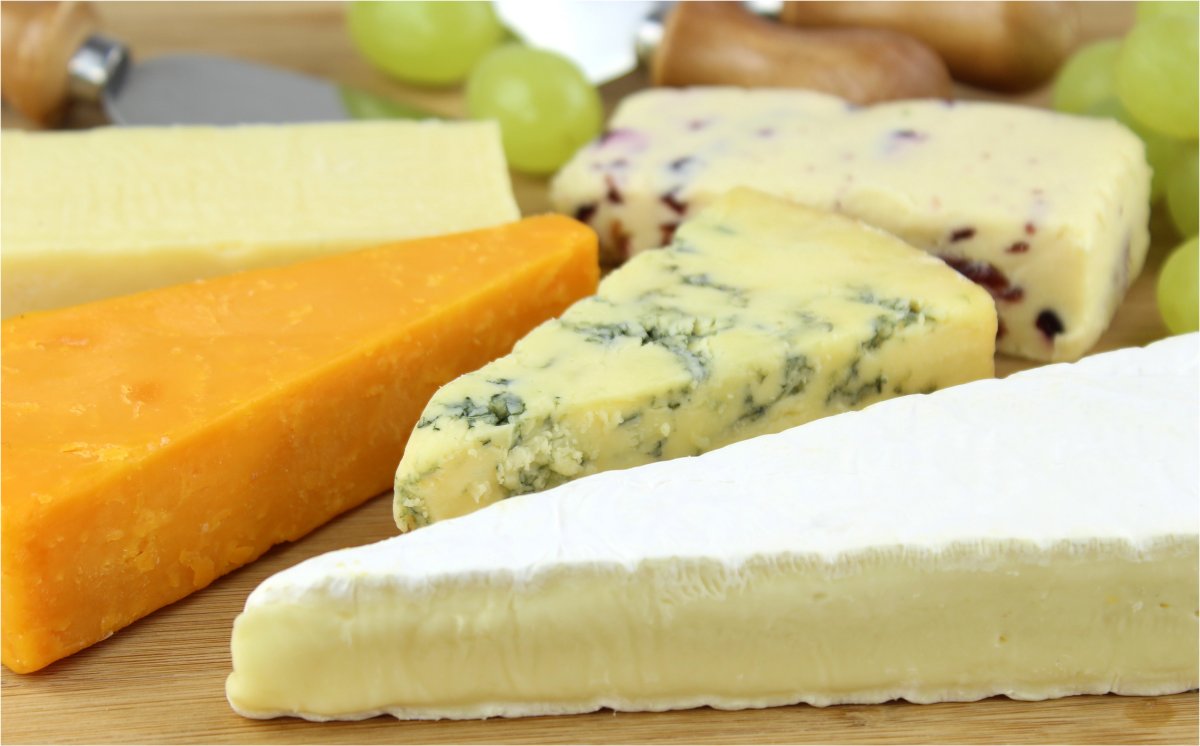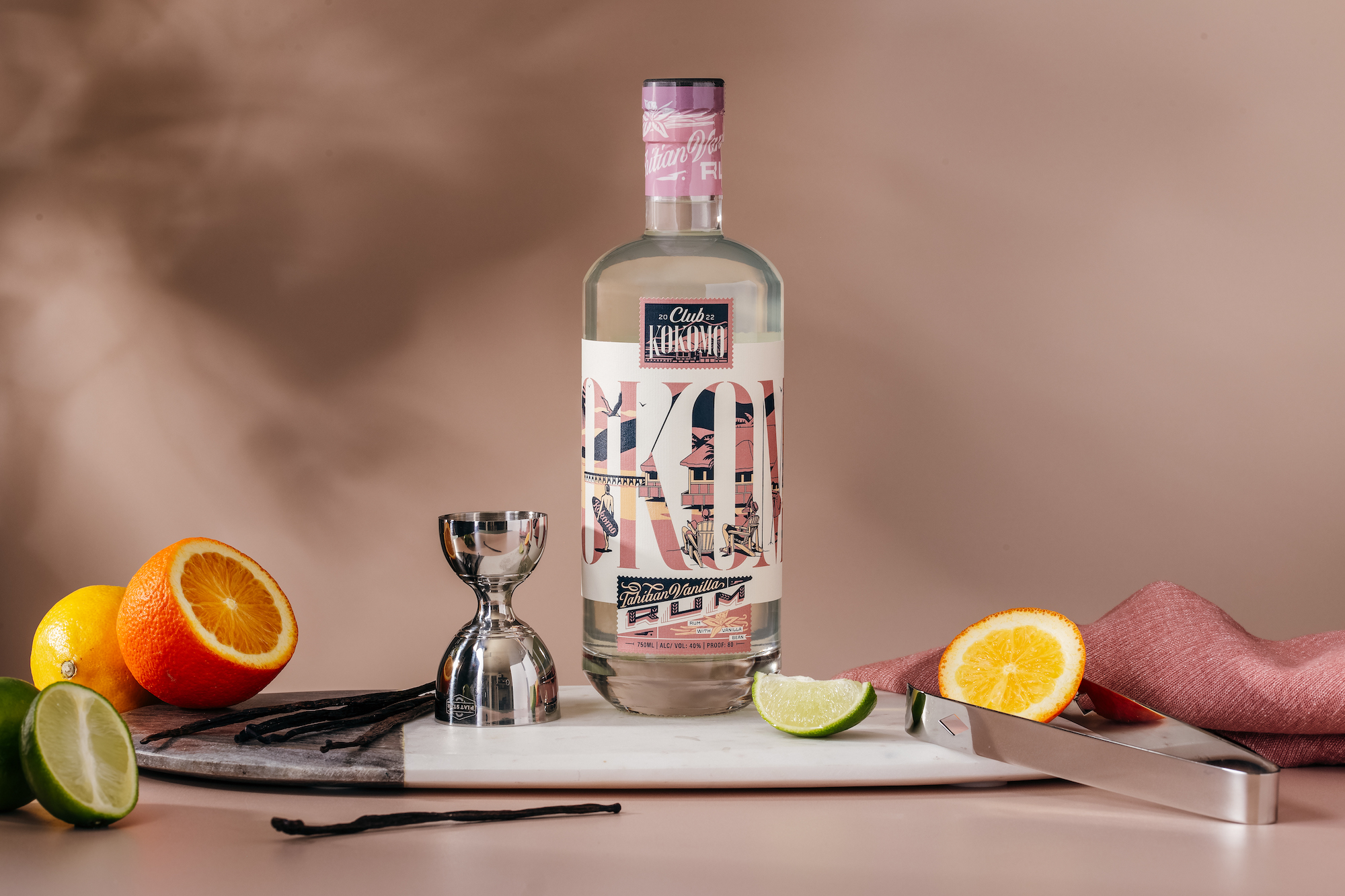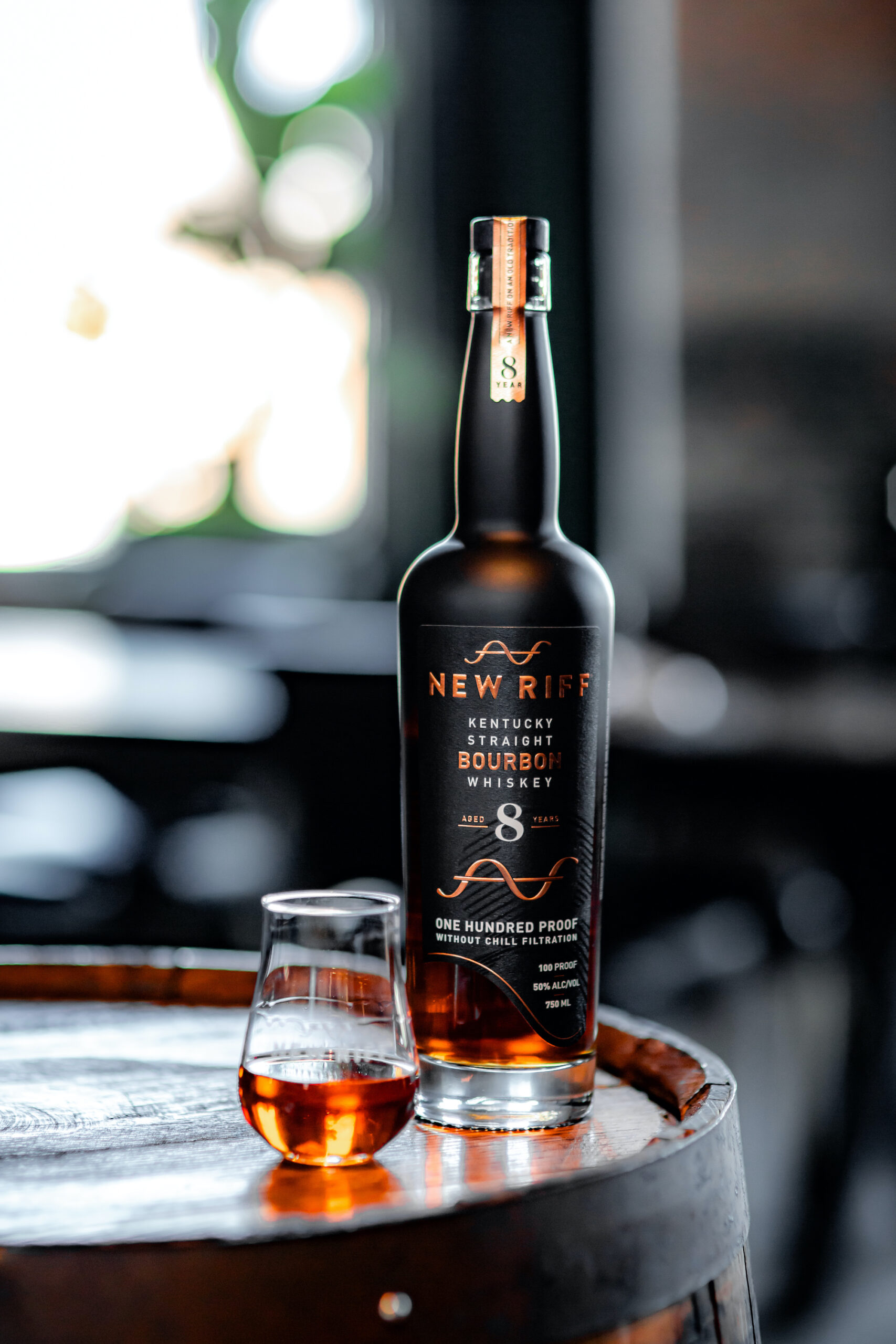NEW YORK (PRWEB) – Millennials may have killed canned tuna and mayonnaise, but when it comes to wine and cheese, they are willing to put their money where their mouth is – and that bodes well for imports.

“Millennial consumers have sophisticated palates, and their taste in both cheese and wine extends beyond U.S. borders,” said Charles Duque, Managing Director Americas for the French Dairy Board. “They grew up going to grocery stores stocked with imported goods, and these luxuries became part of everyday life. Additionally, with the popularity of Instagram, Millennials are deliberately choosing foods to eat and share that make a great ‘gram’,” he added. In cheese terms, varieties that are gooey, like a runny brie or one with a pop of color like Mimolette are popular with Millennial consumers.
“When it comes to wine, Millennials are open-minded, curious, and willing to taste many different styles,” says Gordana Josovic, Head Sommelier, Beasts & Bottles in Brooklyn, NY. “Traditional cheese and wine pairing rules of their parents’ era do not always apply.”
Adam Teeter, Co-Founder of Vinepair.com, agrees and points out that Millennials are more likely to opt for a grape or region they’ve never tried, such as Beaujolais, Chenin Blanc, Rosé from Provence, Malbec and even Canned Sparkling Wine, and aren’t swayed by an ad campaign. “Millennials are not interested in a score or rating, but instead a great tale that will capture their purse. They are making less formal and certainly more budget conscious decisions,” said Teeter. “They are looking for a relatable story and an approachable price.”
Here are some perfect Millennial pairings to consider:
1. Beaujolais – Raclette, Beaufort
2. Chenin Blanc – Crottin de Chavignol, Comté – 12 months
3. Canned Sparkling Wine – Chaource, Saint André
4. Provence Rosé – Young Cantal or Young Brie
5. Malbec – Saint Nectaire, Fourme d’Ambert
6. Vintage Grower Champagne – Stravecchio Parmigiano Reggiano
About The Cheeses of Europe:
The Cheeses of Europe Marketing Campaign, orchestrated by CNIEL (The French Dairy Inter-Branch Organization) and funded in part by the European Union, was designed to create awareness for the variety of European cheeses available in the U.S. market and to suggest ways that American consumers can incorporate those cheeses into their diets, recipes and lifestyles. The campaign’s goal is to increase the appeal of European cheeses and strengthen their competitive position in the growing specialty cheese category.










